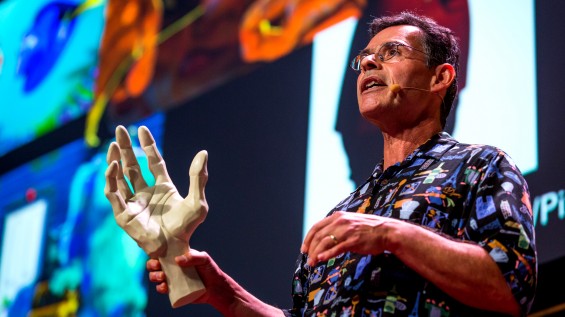
Teach science with art? This astronomer says yes
Aomawa Shields is a scientist, actor and TED Fellow. Through her organization Rising Stargirls, she teaches astronomy to middle school girls using theater, writing and visual arts. Below, she talks about how educators can combine art and science to inspire the next generation of astronomers.
You’re an actor as well as an astrobiologist. Those are two extremely time-consuming and all-absorbing disciplines. How did you pull that off?
I actually left astronomy for 11 years. I started off at MIT and studied earth, atmospheric and planetary sciences, and got my bachelor’s degree. I started a PhD program in astrophysics right out of undergrad. I had also applied to a couple of acting grad schools, though nothing came of that. And yet acting was always a pull, so when things got challenging academically during that first year, I thought, “Let me try this acting and see what happens.”
I deferred from the astrophysics program and went to UCLA for theatre — and the whole world opened up. Acting felt like playtime, because they were having us do things like find a favorite poem and bring it in to share with the class — and then act it out.
But after receiving my acting degree, I realized I missed astronomy. I didn’t want to hear about discoveries on the TV news with everyone else — I wanted to be part of it. Science television really seemed to put both of my worlds — acting and astronomy — together. So I took the leap and went back for my astrophysics PhD at the University of Washington.
You’ve also synthesized acting and astronomy in your work with girls and STEM education. What was the inspiration for this work?
I wanted to encourage more girls from backgrounds traditionally underrepresented in the sciences to consider astronomy careers. But I didn’t want to teach them astronomy in a conventional, lecture-based way — or even do typical hands-on astronomy activities. I wanted to use my unique background.
My workshop, which is called “Universe: More than Meets the Eye,” aims straight for the fact that girls, when they’re in middle school, start to get quiet. They start to raise their hands less often, and become overly concerned with how they appear to others — how pretty they look, what’s on the outside — and less concerned with what they’re thinking and feeling. But there’s so much more to them than that, and whether they can learn facts about planets. I thought, “Let’s take a multifaceted approach to astronomy.” I was lucky to have funding from the National Science Foundation, which values this kind of outreach work just as highly as my research.
The workshop incorporates writing, theater games and visual art. We ask the girls to imagine. For example, we’ll ask them to draw their own exoplanet, and make choices about that planet. Is it too hot or too cold for life? If it does have life, what kind of life would it have? What do you want it to look like? How many stars does it orbit? When a girl says to me while she’s drawing, “What if we discover a planet that actually looks like what I’m drawing?” it’s wonderful to be able to say, “We could! We really could. We’re finding crazy planets out there.” That interaction means she’s thinking about her own relationship to the subject.
From there, I got the idea to take this work to different schools. I just finished doing a workshop at Irving STEAM Magnet Middle School in Los Angeles. The school is 80% Hispanic, and the girls that participated in the workshop were Hispanic. Over three weeks, we met twice a week after school for two hours. At the end, they said, “Why do you have to leave?” I asked them to rate their level of agreement with the statement: “I see myself as a science person” on a scale of 1 (strongly disagree) to 6 (strongly agree) before and after the workshop. Before the workshop, only 20% of the girls answered with a 4 or higher. After the workshop, more than 60% selected a 4 or higher. Those are encouraging results.
If I can get girls to see a piece of themselves — their hair, a foot, their face and eyes, a finger — as connected to an exploding star, maybe that connection will stay with them as they start to encounter the inevitable challenges of a science career. So they won’t turn their backs on it when things get tough.
You seem to be pulled strongly in many directions at once.
Yes, I am. But I’m also realizing that maybe I don’t have to think in such either/or terms. One of the greatest things to come out of my experience with TED is the understanding that we are all potentially walking contradictions. Another member of my TED cohort noted that the contradiction is only in how we might be perceived by others. In reality, that’s just how humans are. We have so many different facets.
I’m a champion of: “It’s never too late to be what you might have been.” I was 34 years old when I started grad school in astronomy the second time around. And I was so much better prepared for it as a result of my age — mentally, emotionally and spiritually. There’s a way to be involved in the thing that you always loved to do. And my tagline on my website is: “There’s no one way to be a scientist.” Really, there’s no one way to do anything. Just because there’s no one who’s gone before me that has done it doesn’t mean that it can’t be done. My only limitations are my own mind, really.
Watch this TED-Ed Lesson series on science and technology.
This post is adapted from a longer interview on TED Blog.
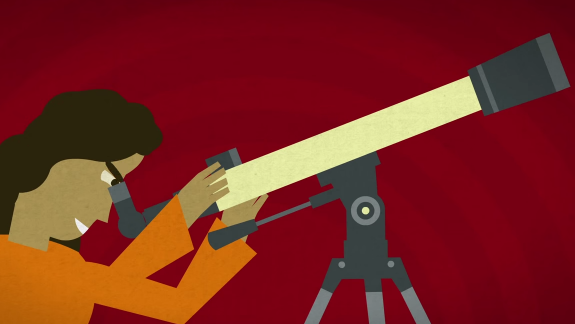
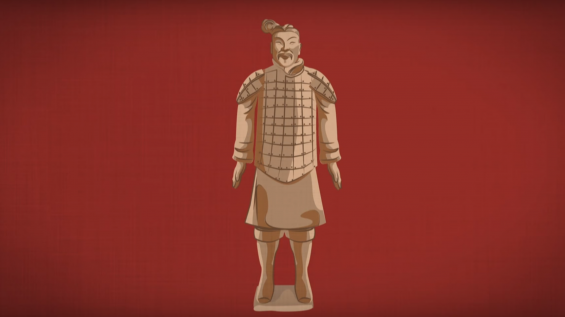
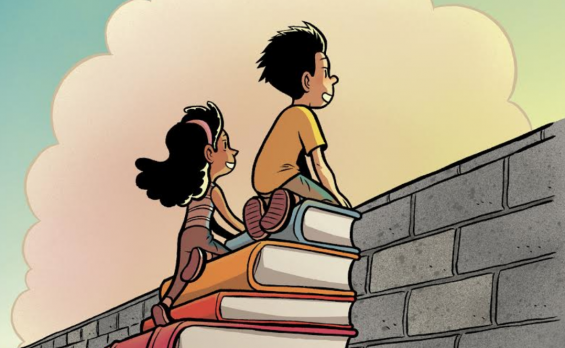
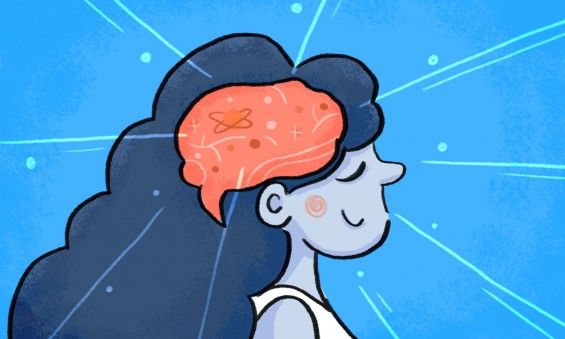
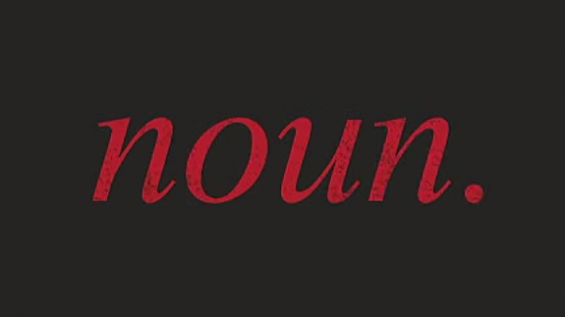
do you have ideas or lesson plans to share on integrating art and astronomy. I teach science, 4th, 5th and 6th at an arts integrated charter school in Visalia, CA. I also teach a middle school GATE class and my topic currently is the Art of Mathematics. I will look at your workshop listing as well.
THanks,
Deanna Wade